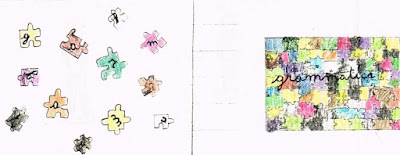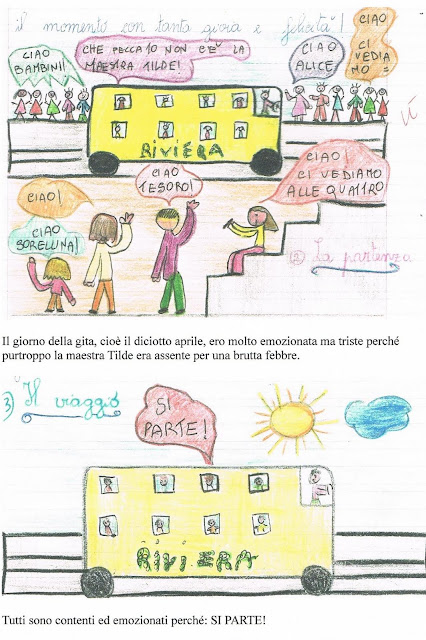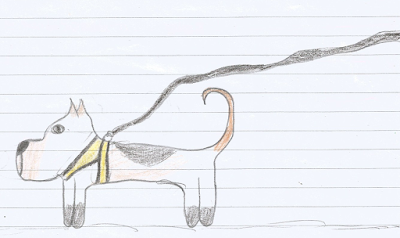Un racconto per amare di più la natura e meno il cellulare: "Il Bosco Incantato di Pixel" (creato da Copilot microsoft)
**Il Bosco Incantato di Pixel** C'era una volta un bosco incantato chiamato Pixel, dove gli alberi sussurravano storie antiche e i fiori danzavano al ritmo del vento. In questo bosco magico, viveva un piccolo folletto di nome Luce, che aveva il potere di far brillare le cose con un semplice tocco. Un giorno, Luce notò che i bambini del villaggio vicino passavano tutto il loro tempo a fissare dei piccoli rettangoli luminosi, chiamati cellulari, dimenticandosi di giocare all'aria aperta. Preoccupato, Luce decise di usare la sua magia per mostrare ai bambini la bellezza della natura. Con un pizzico di polvere di stelle, Luce fece sì che ogni cellulare mostrasse immagini del bosco incantato. Gli alberi sembravano così reali che i bambini sentirono il profumo del muschio e il canto degli uccellini. Incantati, misero da parte i cellulari e corsero verso il bosco. Arrivati nel bosco, i bambini scoprirono un mondo di meraviglie. Inseguirono farfalle arcobaleno, costruirono castelli di








Commenti
Posta un commento